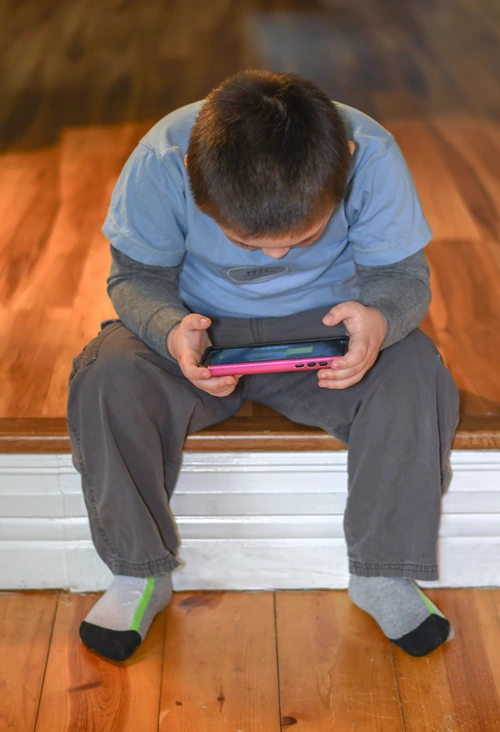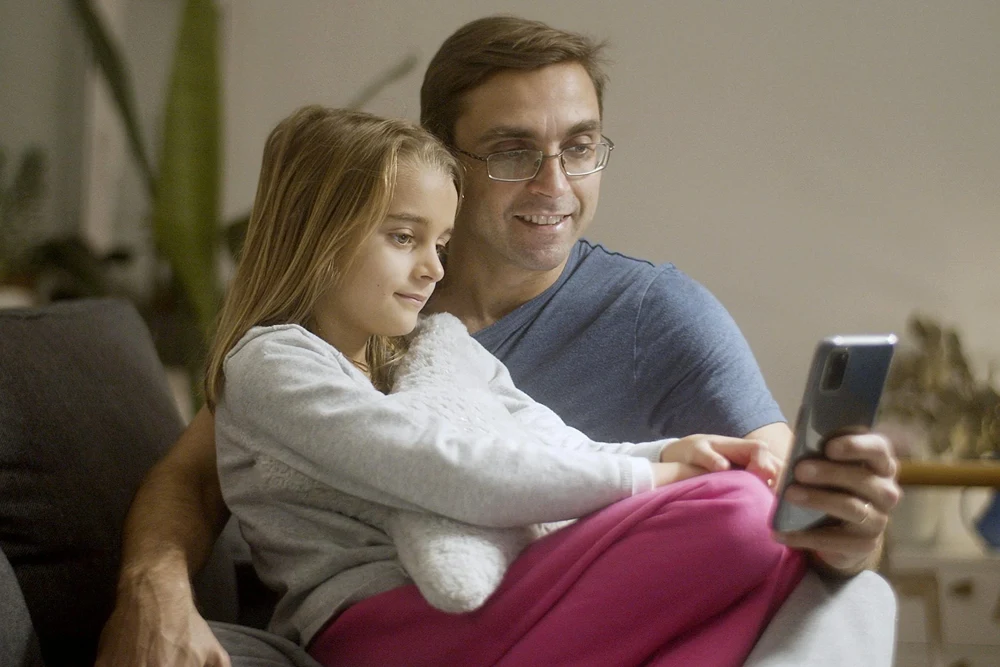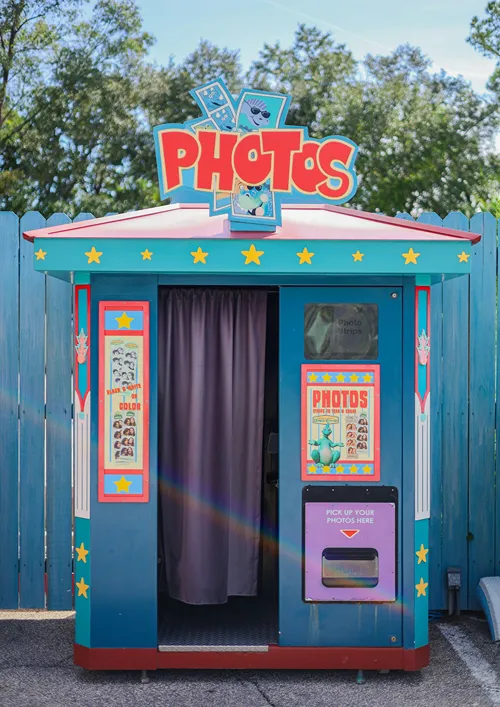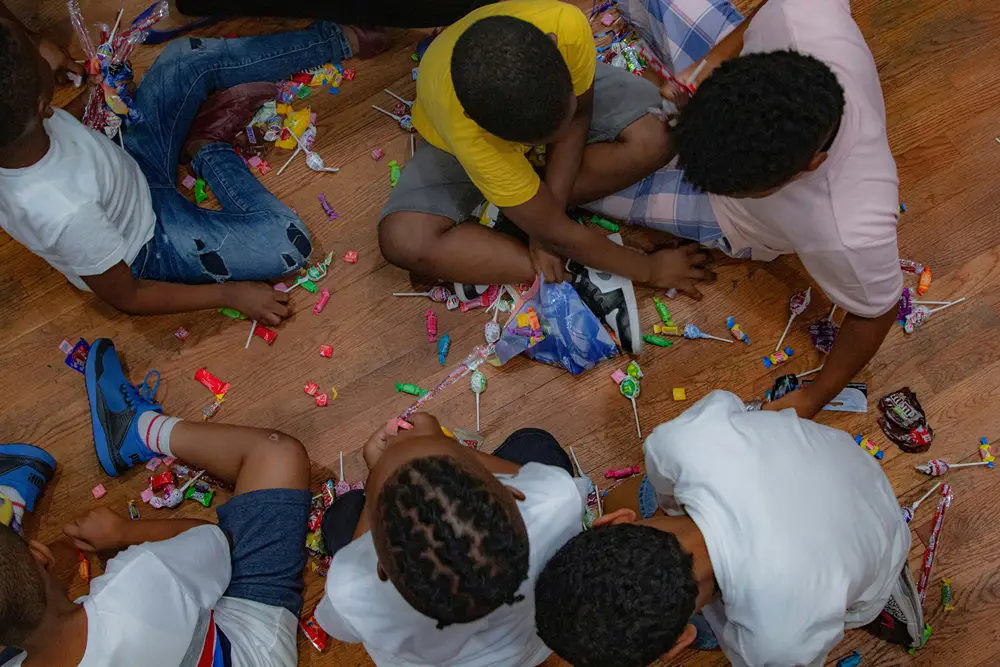7 Essential Steps to CMMC Compliance Success
In today’s progressively digital world, cybersecurity is a bigger issue than ever before, specifically for companies contracting with the U.S. Department of Defense (DoD). Furthermore, cyber threats are becoming more advanced, and the protection of confidential information is paramount in order to keep a nation safe.
That is where the Cybersecurity Maturity Model Certification (CMMC) comes in.
Ideally, the CMMC program is aimed at ensuring that defense contractors and companies dealing with Controlled Unclassified Information (CUI) and Federal Contract Information (FCI) are in accordance with necessary cybersecurity.
However, achieving CMMC compliance would seem daunting, but dividing it into systematic steps makes the process smoother.
This guide outlines seven major steps in order to successfully navigate your company through CMMC compliance.
1. Understand CMMC Requirements
The initial and primary step in seeking CMMC compliance is understanding what is included in the framework.
The CMMC model comprises a number of maturity levels, with associated cybersecurity processes and practices necessary in order to protect CUI and FCI. There are three such levels in CMMC 2.0.
Level 1 (Foundation) entails basic cybersecurity hygiene controls to protect FCI. Next is Level 2 (Advanced), which is derived from NIST SP 800-171 and prescribes the implementation of 110 controls to protect CUI.
Lastly, Level 3 (Expert) is reserved for organizations handling the most sensitive level of information and entails compliance with advanced security requirements, including a subset of NIST SP 800-172.
Each level is a step above the previous one, with increasing cybersecurity requirements. Thus, companies need to choose the level they need to obtain based on the information and the DoD contracts they hold.
However, not meeting the level required could disqualify them from eligibility for specific government contracts, and compliance is a business-critical need.
2. Conduct a CMMC Readiness Assessment
Once you know the CMMC requirements, the second step is assessing your current cybersecurity stance. A CMMC readiness assessment determines the gaps between your existing security practices and your desired CMMC-level requirements.
A readiness evaluation typically includes:
- Identifying sensitive information within your business and where it is stored and processed.
- Evaluating existing security controls and comparing them with CMMC specifications.
- Conducting a risk assessment to identify threats and potential vulnerabilities in your systems.
This assessment is a compliance guide and instructs firms where they need to improve in anticipation of a CMMC evaluation.
3. Develop a System Security Plan (SSP)
A System Security Plan (SSP) is a fundamental document required for CMMC compliance. It describes a company’s policies, procedures, and controls in safeguarding CUI and FCI. An SSP formulated correctly demonstrates a company’s seriousness about cybersecurity and makes assessors observe how security controls are in practice.
Moreover, an SSP would typically include a summary of organizational infrastructure detailing such items as structure within a network, hardware, and software.
Additionally, it comprises a comprehensive list detailing the current security controls and how they are deployed, updated, and maintained.
4. Implement Required Security Controls
After identifying gaps in the readiness evaluation and capturing security policies in the SSP, the next step is implementing the required controls. These are protection against threats in the cybersecurity field and are in accordance with the CMMC model.
Key measures include access control to restrict system access to authorized personnel, multi-factor authentication (MFA) to enhance login security through multiple identity verifications, and encryption to safeguard confidential data both in transit and at rest.
Effective implementation requires a combination of technological solutions, policy enforcement, and employee education to maintain a secure environment.
5. Train Employees on Cybersecurity Best Practices
Even the most advanced security controls are ineffective if employees are unaware of cybersecurity best practices. One of the most frequent reasons for breaches is human error; thus, cybersecurity training is a key component of CMMC compliance.
Employees should be trained in how to identify phishing and social engineering threats, how to handle Federal Contract Information (FCI) and Controlled Unclassified Information (CUI) correctly in a bid to avoid unwanted exposure, and how to use strong password procedures.
Periodic training enforces the use of good security procedures as well as creates a security-mindful work environment.
6. Perform Continuous Monitoring and Internal Audits
Cybersecurity is not a one-time effort but a process that requires constant monitoring and evaluation to maintain ongoing compliance with CMMC. Therefore, continuous monitoring is necessary to identify and address potential threats in a timely and responsive way.
A key feature of continuous monitoring is regular security audits. These audits assess the effectiveness of controls in place and whether they align with compliance mandates and emerging threats.
Another crucial feature is the ability to leverage real-time threat intelligence with the help of security information and event management (SIEM) tools.
7. Schedule and Pass the CMMC Certification Assessment
The final process for achieving compliance with the CMMC is preparing and taking the official examination with a qualified third-party assessment organization (C3PAO). This examination involves the assessment of documents like the SSP, interviewing necessary employees for assurance of cybersecurity processes, and technical tests for evaluating the security controls.

Image by rawpixel.com on Freepik
Wrapping Up
Becoming CMMC certified is a significant step for companies dealing with sensitive government information. Although the process could seem intimidating, the process is made simple with these seven major steps.
Moreover, familiarizing yourself with CMMC mandates, doing a readiness evaluation, developing a System Security Plan, and taking the certification exam collectively aim for a sound cybersecurity position.
Beyond compliance, these actions serve to establish a better secure and resistant infrastructure against threats in the cybersecurity space.












